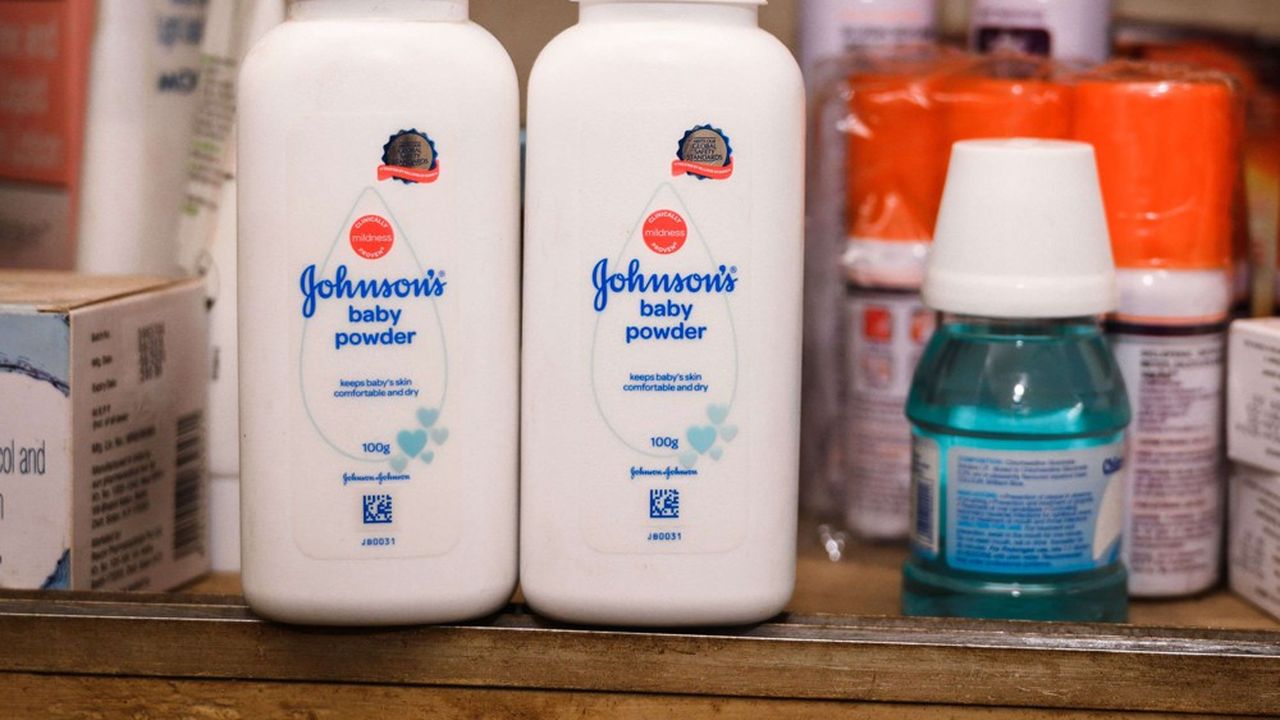In its ongoing battle to resolve thousands of lawsuits, Johnson & Johnson (J&J) has made a bold move by filing for bankruptcy for the third time, aiming to push forward an $8 billion settlement proposal. This settlement is designed to address more than 62,000 claims alleging that the company’s talc-based baby powder products, long trusted by millions, contained asbestos, which plaintiffs say caused cancers such as ovarian cancer and mesothelioma. The filing was made through a newly created subsidiary, Red River Talc, in the U.S. Bankruptcy Court for the Southern District of Texas.
J&J continues to firmly deny the allegations, insisting that its talc products are safe and free of harmful contaminants. Nevertheless, this case represents one of the largest mass tort actions in recent history, with the company under immense pressure to settle. The lawsuits have plagued J&J for years, tarnishing its reputation as a global healthcare giant, and fueling public concerns over the safety of everyday consumer products. With this third bankruptcy attempt, J&J hopes to finally put an end to the legal disputes that have cast a long shadow over the company’s legacy.
The strategy behind this bankruptcy filing is controversial. Known as the “Texas two-step,” it involves splitting off liabilities into a separate subsidiary, which then files for bankruptcy, while the parent company remains financially stable and untouched by the legal turmoil. This maneuver allows J&J to seek a global resolution of the lawsuits without facing further trials or risking massive jury verdicts. The company has already faced legal pushback, with federal courts rejecting two prior bankruptcy attempts. Yet, J&J presses on, confident that this latest approach will succeed due to the overwhelming support it has garnered from plaintiffs.
According to J&J, 83% of the current claimants support the proposed settlement, surpassing the 75% threshold required for a bankruptcy court to impose the deal on all involved. This level of backing is a key factor in J&J’s renewed effort to end the litigation, as the company seeks to consolidate the numerous claims into a single, court-approved agreement that would effectively shut down future lawsuits.
Despite this support, J&J still faces numerous legal hurdles. A recent U.S. Supreme Court ruling in a separate bankruptcy case could complicate matters, while proposed federal legislation aims to prevent large corporations from using bankruptcy protections in cases where they are financially healthy. Moreover, some plaintiffs’ lawyers argue that J&J’s tactics are an abuse of the bankruptcy system, designed to protect profits at the expense of consumers harmed by its products. As the legal battles continue to evolve, J&J’s future remains uncertain, though the company is determined to resolve these lawsuits once and for all.






